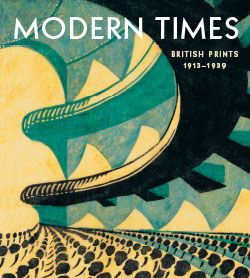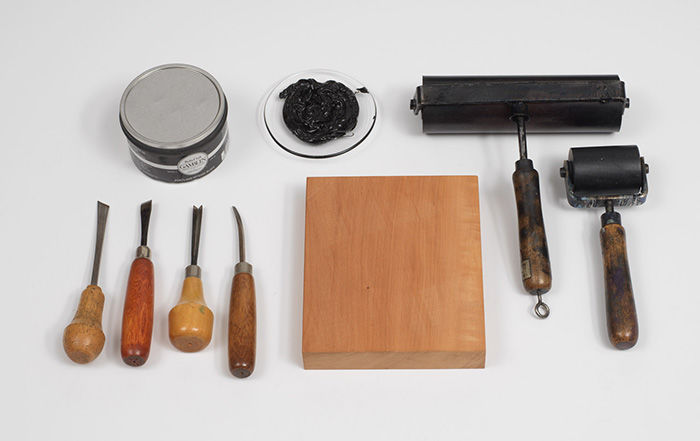Yorkshire Village
Edward Alexander Wadsworth British
Not on view
Wadsworth was greatly inspired by the industrial landscape found in West Yorkshire, an area he knew from his childhood. Works such as Yorkshire Village use an abstract, reductive vocabulary based on faceted geometric forms that recalls early Cubist landscapes by Picasso and Braque. Wadsworth simplified the composition considerably, capturing spare architectural details such as chimneys and roofs of factories and buildings in the valley below, made more dramatic by his elevated viewpoint. Yorkshire Village is one of Wadsworth’s first color woodcuts. The combination of different colors allowed him to explore a range of possibilities while maintaining the stark, impersonal quality he sought with woodcut. The inscription "Heptonstall" refers to the West Yorkshire town; Wadsworth frequently wrote below his images the names of places where, and even the dates of when, he made designs for woodcuts.
Due to rights restrictions, this image cannot be enlarged, viewed at full screen, or downloaded.



